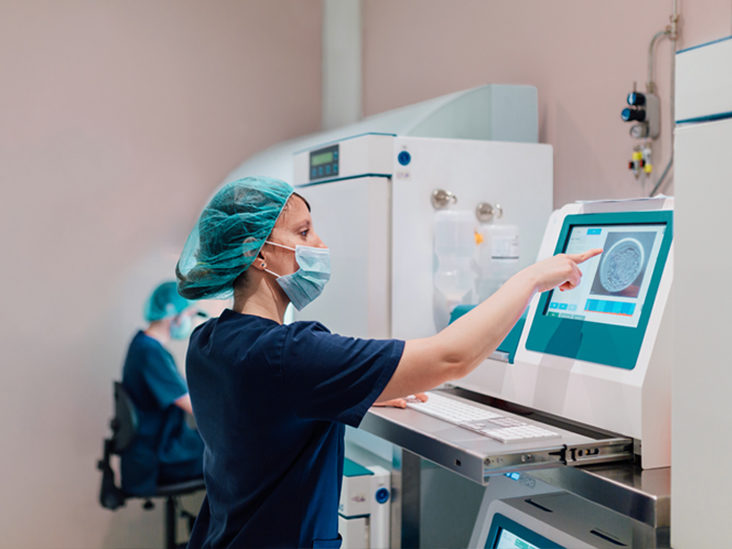Laparoscopy
Laparoscopy: A Minimally Invasive Procedure for Infertility Treatment
Laparoscopy is a minimally invasive procedure that uses a thin tool attached to a camera to view the inside of the abdomen and pelvis. This procedure is gaining popularity among couples who are struggling with infertility. Laparoscopy is a diagnostic tool that helps identify the cause of infertility in men and women. It can also be used to treat infertility by removing any blockages or abnormalities found within the reproductive organs. This article will discuss the benefits, procedure, risks, success ratio, and important things to know about laparoscopy for infertility.


Benefits of Laparoscopy:
Laparoscopy offers many benefits for both the diagnosis and treatment of infertility. Some of the benefits are as follows:
- Laparoscopy is less invasive than traditional open surgery, which means smaller incisions and less scarring.
- It allows for a more precise diagnosis by providing a clear and detailed view of the reproductive organs, which may not be possible with other diagnostic tests.
- It can be used to treat various conditions that cause infertility, such as endometriosis, ovarian cysts, and tubal blockages.
- It has a shorter recovery time compared to open surgery, allowing patients to return to their normal activities sooner.
Procedure for Laparoscopy:
The laparoscopy procedure for infertility is performed under general anesthesia. The surgeon makes one or more small incisions in the lower abdomen and inserts a laparoscope, a thin tube with a camera on the end, into the abdomen. The camera projects images onto a monitor, allowing the surgeon to view the reproductive organs in detail. If any abnormalities are detected, the surgeon may make additional incisions to insert surgical instruments and perform the necessary procedure. The surgery typically takes 30 minutes to an hour, and patients can go home the same day.
Success Ratio of Laparoscopy:
Laparoscopy has a high success rate for both diagnosis and treatment of infertility. Depending on the individual case, the success rate can vary. However, overall, laparoscopy has proven to be an effective tool for determining the cause of infertility and treating various conditions. It provides a higher chance of conceiving naturally or with assisted reproductive technology (ART) such as in vitro fertilization (IVF).
Risks of Laparoscopy:
Like any surgical procedure, laparoscopy carries risks, although these are minimal. Some potential risks include:
- Infection
- Bleeding
- Damage to surrounding organs
- Blood clots
Need to Know About Laparoscopy:
Here are some important things to keep in mind when considering laparoscopy for infertility:
- Laparoscopy is a minimally invasive procedure that offers many benefits for both diagnosis and treatment of infertility.
- It has a relatively short recovery time compared to other surgical procedures.
- The procedure is usually performed under general anesthesia.
- Laparoscopy provides a clear and detailed view of the reproductive organs, which can help the surgeon diagnose and treat various conditions.
- Although risks are minimal, there is always some potential for complications with any surgical procedure.
- Laparoscopy has a high success rate in treating infertility, particularly for conditions such as endometriosis, ovarian cysts, and tubal blockages.

